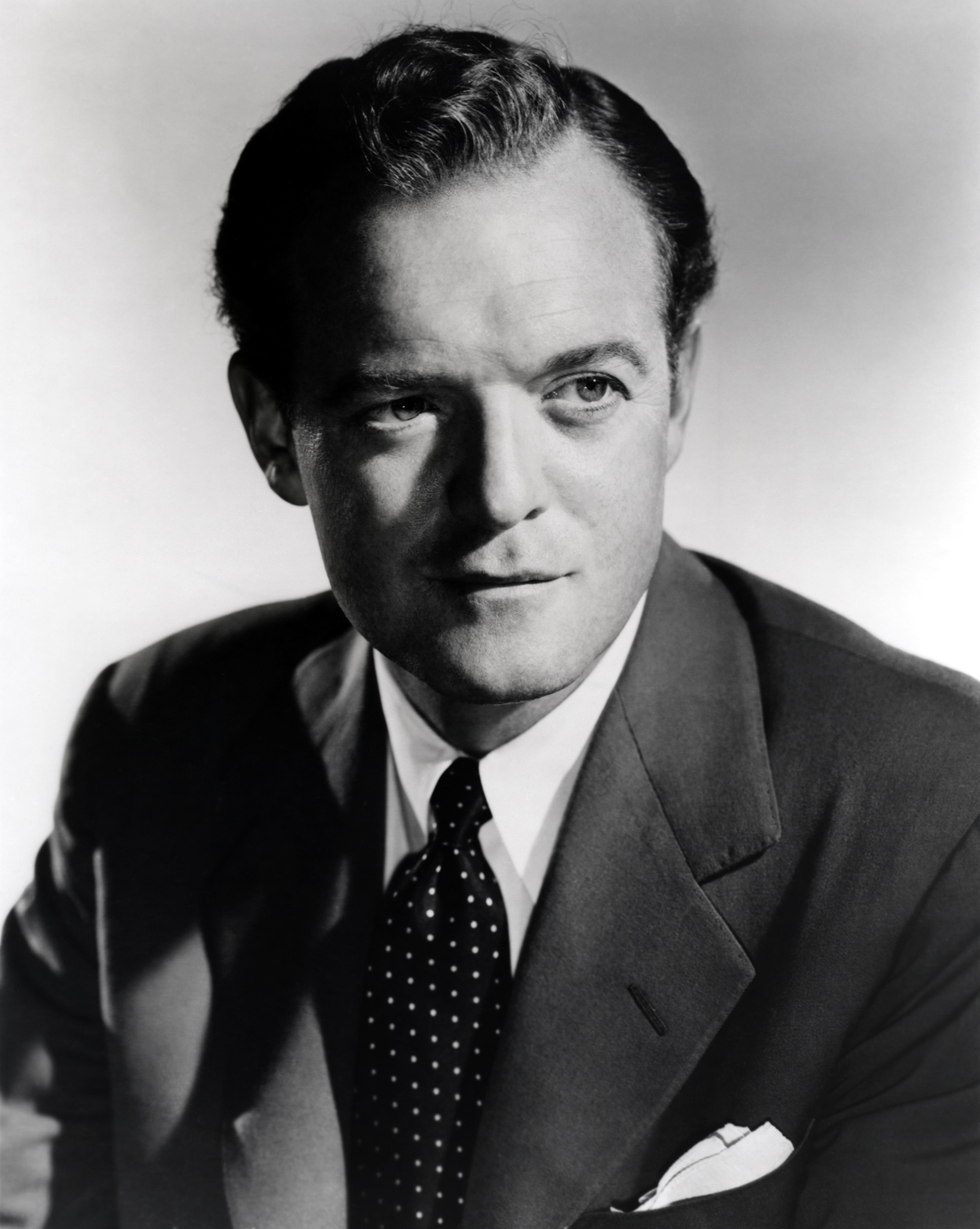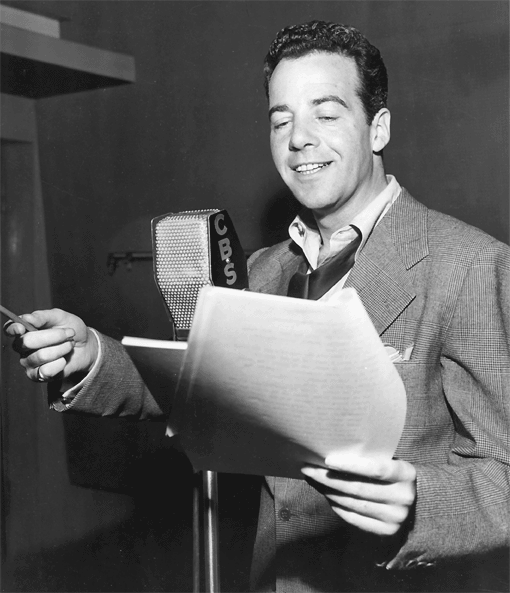“Get this and get it straight…”
Posted by Ivan G. Shreve, Jr. on Jun 17th 2018
In 1932, having been dismissed from his position as a vice-president with the Dabney Oil Syndicate, Raymond Chandler decided to take up writing detective fiction to make a living. Chandler had previous experience in journalism, writing poetry and reviews for such publications as The Westminster Gazette and The Academy, but his dissatisfaction with journalism led him to other pursuits. Back for a second bite at the apple, Raymond’s first professional short story, “Blackmailers Don’t Shoot,” was published in the December 1933 edition of the pulp magazine Black Mask. The newly-minted author followed that up with additional submissions for Mask and Dime Detective before his first novel, The Big Sleep, was published in 1939.
The protagonist of The Big Sleep was a private detective named Philip Marlowe, who figured heavily in Chandler’s follow-up novel, Farewell, My Lovely, in 1940. Lovely would be adapted for two motion picture screenplays: an RKO production in their popular “Falcon” series (starring George Sanders) entitled The Falcon Takes Over (1942), and a Dick Powell film destined to become a noir classic (also produced at RKO) called Murder, My Sweet (1944). With Sweet and the silver screen adaptations of Chandler’s Sleep in 1946 (starring Humphrey Bogart as Marlowe) and The Lady in the Lake (with Robert Montgomery) the following year, it was only a matter of time before Chandler’s “white knight in a trench coat” got his own radio series (especially after Sweet was well-received on a Lux Radio Theatre broadcast in 1945). The Adventures of Philip Marlowe made its debut over the ether on this date in 1947.

Academy Award-winner Van Heflin played Marlowe in this first radio incarnation of Chandler’s detective, though as critic John Crosby noted in a 1947 review for The Oakland Tribune, “No matter who plays Marlowe, he remains a cynical cuss who complains that he could be quite a nice guy if everyone else in the world weren’t such a 14-karat heel. This somewhat sweeping indictment is understandable in Marlowe’s case; he gets mixed up with the funniest people.” Heflin’s interpretation of Marlowe is a most interesting one and it’s conceivable that after thirteen episodes (Marlowe was a summer replacement for Bob Hope’s Pepsodent show) the actor could have made a further go at portraying the shamus. Raymond Chandler, however, wasn’t a fan of Heflin’s take on his creation. He complained that it was “thoroughly flat” in a letter to Perry Mason creator Erle Stanley Gardner. (Chandler studied many of the Mason stories before embarking on his writing own ambitions.) Anyway, MGM—Van Heflin’s employer—had other plans for their star.
After a year’s vacation, Philip Marlowe returned for a CBS series that premiered on September 26, 1948. The actor who put on Marlowe’s trench coat was Gerald Mohr, in a production overseen by director-producer Norman Macdonnell. (Macdonnell’s Marlowe was a favorite of CBS chairman William S. Paley, who pressed the network’s creative team to come up with a “Philip Marlowe in the early West.”) Mohr also had Chandler’s approval. The author noted that Gerald’s voice “at least packed personality.” (Okay, so Chandler wasn’t exactly effusive with the praise.) CBS’s The Adventures of Philip Marlowe was an audience favorite featuring a memorable opening. Mohr’s Marlowe would bark: “Get this and get it straight—crime is a sucker’s road, and those who travel it end up in the gutter, the prison, or an early grave…”
For his portrayal of Marlowe, Gerald Mohr was chosen by Radio-Television Magazine as their Most Popular Male Actor. The Adventures of Philip Marlowe ran two years (it was a sustained series), but was briefly revived in the summer of 1951 (as a replacement for Hopalong Cassidy) with Mohr reprising his role. “The Sound and the Unsound” (09/15/51) would be Philip Marlowe’s radio swan song, but he continued to take cases on TV (for example, Philip Carey played the detective in a 1959-60 TV series for ABC) and in movies (interpreted by thespians such as James Garner and Elliott Gould).

For many years, only three broadcasts from the original 1947 Philip Marlowe survived the ravages of time and neglect…but two additional transcriptions eventually resurfaced, and you’ll find all five of those Van Heflin episodes on our The Adventures of Philip Marlowe collection. Gerald Mohr’s Marlowe is represented on that set, too—not to mention Lonely Canyons, Night Tide, and Sucker’s Road. There are broadcasts of Mohr’s Marlowe on our potpourri compilations Great Radio Detectives (“The Uneasy Head”) and Radio Classics: Selected by Greg Bell (“The Quiet Magpie”), and to round out your collection, Radio Spirits highly recommends DVD purchases of Farewell, My Lovely (1975) and The Big Sleep (1978)—both starring Robert Mitchum as our favorite shamus. In the words of Raymond Chandler: “…down these mean streets a man must go who is not himself mean, who is neither tarnished nor afraid. He is the hero; he is everything.” He’s Philip Marlowe!

